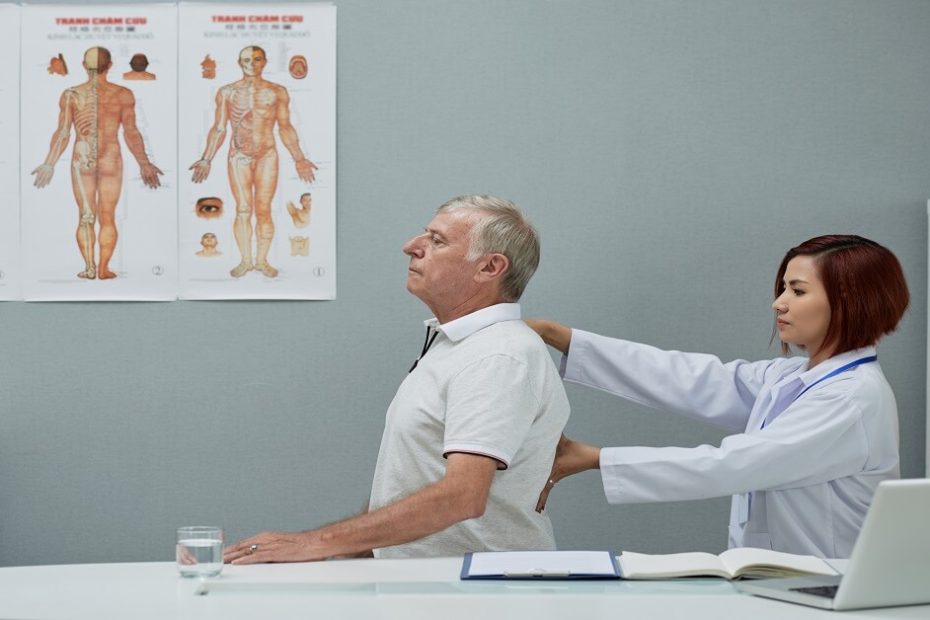The human body, a marvel of resilience and complexity, often faces the brunt of life’s unexpected challenges. From sudden twists to heavy impacts, our bodies can sustain a wide array of physical injuries, each with its own unique repercussions. Understanding these injuries goes beyond recognizing their immediate effects; it involves delving into their origins, symptoms, and the paths to recovery.
Types of Physical Injuries
1. Sprains and Strains
These injuries, often interchangeably used, affect ligaments (sprains) or muscles/tendons (strains). They occur due to sudden twists, overextension, or excessive force on a joint or muscle. Recognized by pain, swelling, and limited mobility, they can range from mild to severe, requiring rest, ice, compression, and elevation (RICE) for recovery.
2. Fractures
A fracture, often caused by falls or collisions, ranges from minor hairline breaks that can heal independently to severe ones needing immediate medical care. Severe fractures may require immobilization, realignment, or surgery for proper healing. They can affect not only limbs but also the face, requiring urgent emergency dental in Colorado Springs to avert complications. Seeking prompt medical attention, regardless of the severity, is vital for proper treatment and recovery.
3. Contusions and Concussions
Contusions, more commonly known as bruises, arise from blunt force trauma, causing blood vessels to break beneath the skin. Concussions, on the other hand, are traumatic brain injuries resulting from forceful head impacts or sudden movements, impacting brain function. Both necessitate careful monitoring and rest for recovery.
4. Lacerations and Abrasions
Lacerations are deep cuts in the skin caused by sharp objects, while abrasions are superficial injuries resulting from friction or scraping. Both require proper cleaning, disinfection, and sometimes sutures to prevent infection and aid healing.
5. Dislocations
When the bones within a joint are forced out of their usual position, a dislocation occurs. This leads to severe pain, swelling, and immobility, necessitating professional assistance to reset the joint.
6. Tendonitis
Tendonitis manifests as inflammation of a tendon due to repetitive movements or overuse. Rest, ice, and anti-inflammatory measures are often employed to reduce swelling and pain.
7. Whiplash
Commonly associated with car accidents, whiplash results from a sudden back-and-forth movement of the neck, causing neck pain, stiffness, and headaches. Rehabilitation exercises and pain management are crucial for recovery.
Understanding and Recovery
Comprehending these various injuries is pivotal not only for identifying them but also for guiding effective treatment strategies and facilitating recovery. Immediate first aid, proper diagnosis, and timely medical intervention form the cornerstone of addressing these injuries.
Furthermore, rehabilitation plays a pivotal role in restoring function and mobility. Physical therapy, exercises, and tailored rehabilitation programs aid in strengthening affected areas, preventing recurring injuries, and restoring a sense of normalcy.
Preventive Measures
Prevention is undeniably better than cure when it comes to physical injuries. While some accidents are inevitable, certain precautions can mitigate the risk:
- Proper warm-up – Adequate warm-up before physical activity prepares muscles and reduces the risk of strains and sprains.
- Safety equipment – Using appropriate safety gear, such as helmets, pads, or braces, can significantly lower the risk of severe injuries.
- Maintaining healthy practices – Regular exercise, proper nutrition, and adequate rest bolster the body’s ability to withstand physical stress and reduce the likelihood of injury.
Conclusion
The human body is truly remarkable in its adaptability. Ensuring that we understand the nature, symptoms, and implications of physical injuries can be key in navigating recovery successfully. By taking preventative measures, intervening promptly, and undergoing comprehensive rehabilitation, individuals can often overcome the physical strains they encounter throughout their lives, emerging stronger, and more resilient.
Ultimately, every injury presents an opportunity for growth and improvement, and equipping ourselves with the knowledge and resources to navigate these experiences can make all the difference in achieving optimal health and wellness.
